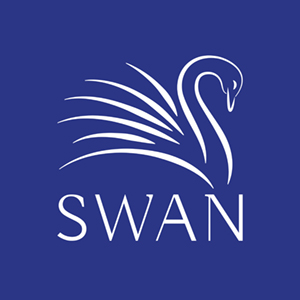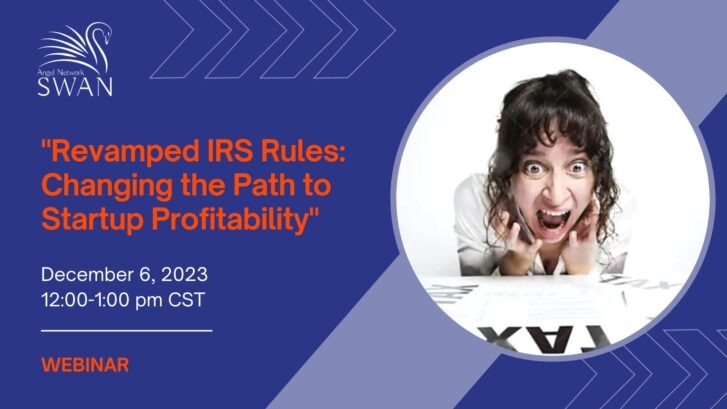Under “new” IRS Section 174 capitalization rules, a portion of R&D expenses cannot be expensed for tax purposes in the year when they are incurred. Rather, current-year R&D expenses get spread out over several tax years, including years when early revenue might have resulted in a positive net income.
For example, a hypothetical startup incurred a $350,000 income tax bill in a year when GAAP accounting showed that they were unprofitable. That $350,000 payment to the IRS burned investor-provided funds that could not be used to grow the company.
Melinda Oster, CPA and highly experienced Tax Partner at Atchley and Associates, discussed 174 in an informative webinar which covered:
- Understanding the motivations behind Section 174’s adoption.
- A breakdown of the key provisions of IRS Section 174, including eligible expenses, qualifying activities, and their tax implications.
- Best practices and strategies to ensure compliance with IRS Section 174 while maximizing your tax benefits.
- Examples showcasing the tangible benefits and potential pitfalls associated with IRS Section 174.

